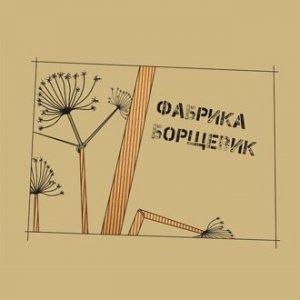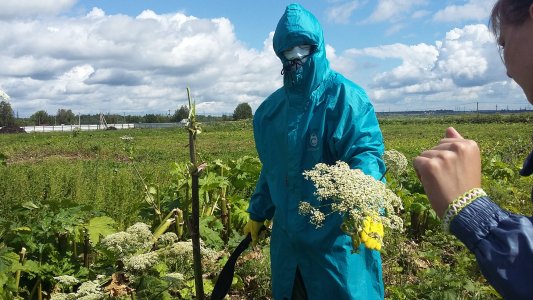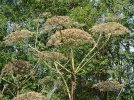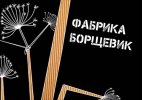12+
20 March 2019 — 2 June 2019
Расположение:
eng-name / eng-name / eng-name
Sosnowskyi
hogweed - a living paradox: edible, but poisonous, omnipresent, yet mysterious.
It is tall and beautiful! So beautiful that in the 18th century it was
brought to Europe as a decorative plant. It is rich in proteins and sugars, a
beautiful honey plant. Therefore
since the middle of the 20th century, it was studied and cultivated as fodder crops.
In the 21st century we consider the hogweed to be dangerous, ominous and
dislodging all living things. Thus we spend millions of roubles trying to
destroy the hogweed colonies. At the same time scientists continue to discover its
new useful properties and methods of their use in the national economy.
The relationship between a man and a hogweed is very
confusing. Scientists, children, museum workers, artists and visitors of the research
exhibition "Hogweed Factory" are trying to figure it out.
A giant stem, an “umbrella” and leaves, shading everything around,
a great number of seeds, intense germination, resistance to frost, ability to
grow on any kind of soil - everything that is good for survival of a species is
bad for those surrounding it. The duality of hogweed’s nature (its negative qualities
derive from the positive ones) allows us to look at the problem
philosophically. In the end, there are other invasive species. For
example, the raccoon-dog – the Primorsky Kray endemic – has spread
far across the country and now also inhabits the European part of Russia. The Gobiidae fish or the "bull" fish destroys
all other types of fish in the waters of Central Russia. Man also possesses
qualities of an invasive species. As soon as one begins to study the hogweed, he
or she will find proof of it being a factory of meanings. By studying Heracleum sosnowskyi, one is sure
to discover more and more about Homo Sapiens.
The
exhibition will display:
• archival photographs, documents, herbarium and books
from the funds of the State Darwin Museum and Polar-Alpine Botanical Garden-Institute;
• documentary evidence of the most advanced scientific
developments on hogweed destruction and use;
• maps of hogweed thickets detected from space;
• video art, installations, art objects, design items;
•
futuristic projects by children studying at the art studio of the museum.
Lectures
and workshops will be organized as part of the exhibition.
Authors of the displayed works:
Evgeny Barsukov, Alexey Buldakov, Igor Golyakov, Nina
Dedova, Ilya Dolgov, Alexey Yorsh, Alexandra Kochetkova, TAF Workshop (Moscow),
Irina Myzina, Daria Neretina, ODINGENIY, Denis Sychev, Kristin Tårnes (Norway),
Marina Fomenko, Daria Yaromenok, etc.
As well as the staff of the children's art studio of the
State Darwin Museum led by Tamara Valkina.
Partners of the project:
SUAI / St. Petersburg State University of Aerospace
Instrumentation/
PABGI / Polar-Alpine Botanical Garden-Institute named after
N.A. Aurorin/
The Finno-Ugric Ethnic and cultural park of the Republic of Komi
Information Partners:
Artcontract /Information and Exhibition Agency/
ICRT /International Centre for Responsible
Tourism/
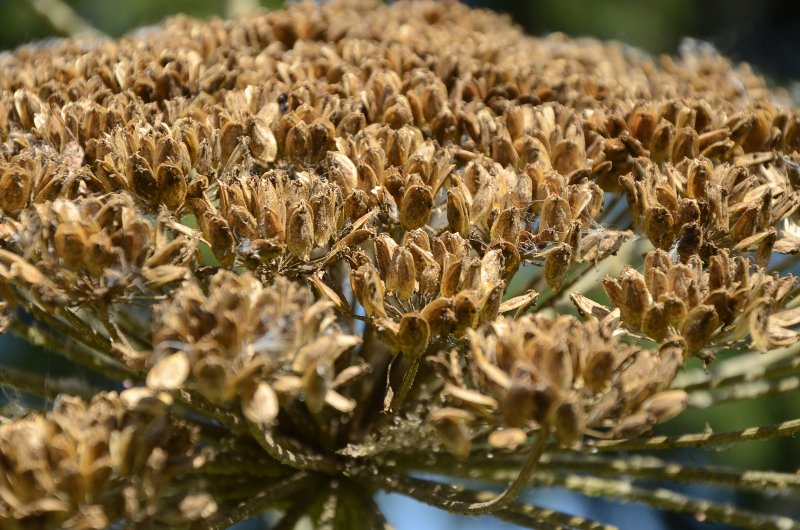
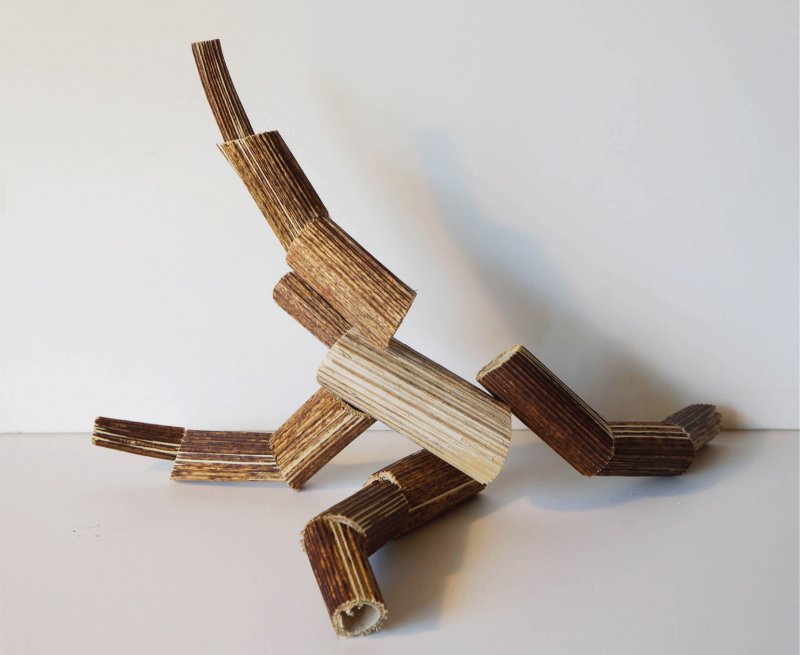
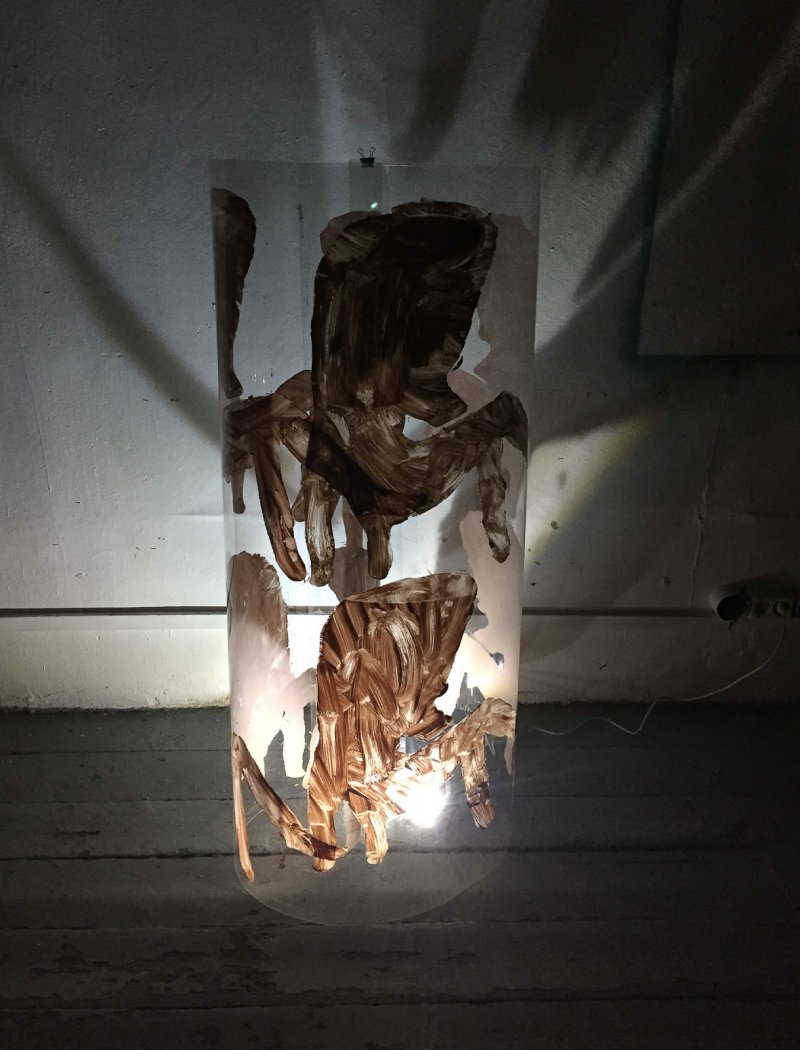
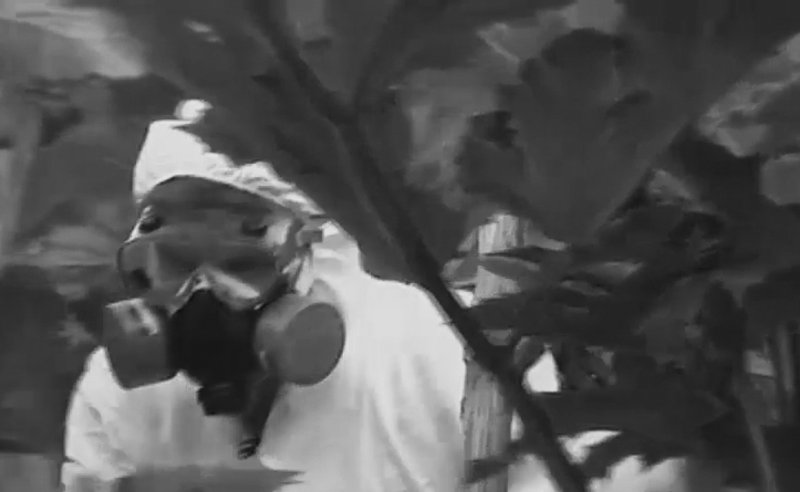
Актуальные мероприятия











